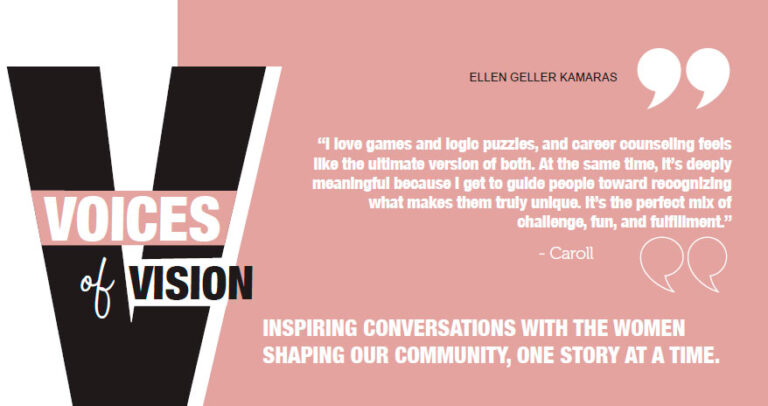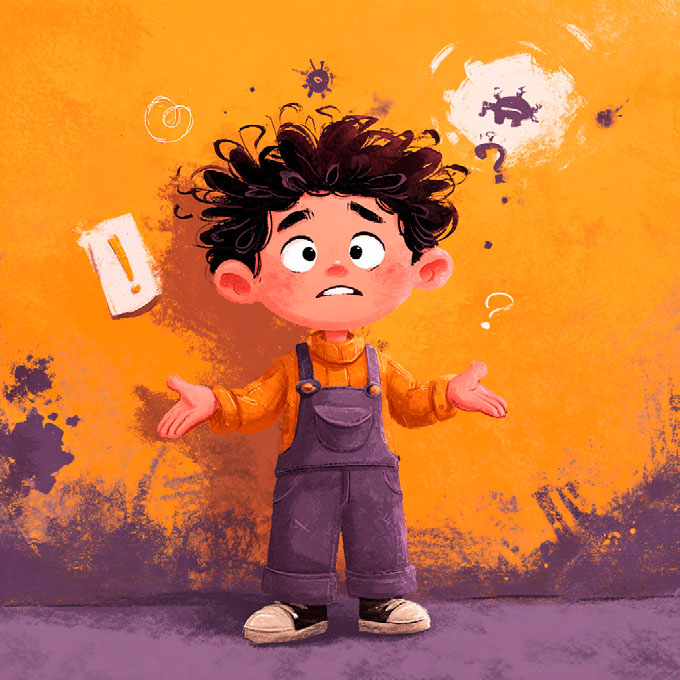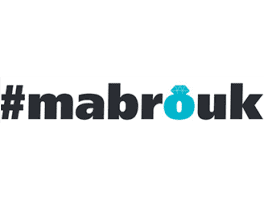Ellen Geller Kamaras
“I love games and logic puzzles, and career counseling feels like the ultimate version of both. At the same time, it’s deeply meaningful because I get to guide people toward recognizing what makes them truly unique. It’s the perfect mix of challenge, fun, and fulfillment.” ~~ Caroll ~~
Please meet Caroll Dweck Sutton. Caroll was born and raised in Brooklyn and attended Yeshivah of Flatbush from first through twelfth grade. Her parents, Paulette and Jack Dweck, are both Flatbush graduates as well. Caroll, named after her grandmother, who also spells her name with two L’s, has three younger siblings. “My personality is very much [that of] an oldest child, and my siblings are my best friends.”
Extremely social, Caroll shared her mom’s recollections of Caroll making friends immediately wherever they went. When she was three years old, her mother took her to the beach and reportedly within five seconds she was digging holes with kids she had never met.
Caroll absolutely loved school and took it very seriously. She was Salutatorian of both her high school and college graduating classes, but she also made sure to have a lot of fun. She participated in every extracurricular activity from sports to the dance team to Model UN and student government, and kept up a very active social life.
After high school graduation, Caroll studied psychology at Macaulay Honors College at Hunter.
She earned two graduate degrees at Columbia University (Teachers College), a Master of Arts in Mental Health Counseling and an Ed.M. in Psychological Education.
Her Essence
Caroll describes herself as outgoing, fun-loving, adventurous, competitive, and a doer. “I am most definitely a thrill seeker. I have jumped out of planes and dived with great white sharks – no relaxing on the beach for me on vacations!”
Her friends and family would definitely tell us that Caroll loves games! She is super competitive and will play any game at any time – sports, board games, you name it. “I can spend hours upon hours figuring out logic puzzles without sleeping or eating. More than playing games, I also love to make up games. If it’s someone’s birthday or other celebration, I’ll create a funny game about that person.”
Caroll views herself as an “all-around camper.” Why a camper? Camp was her very favorite environment, and her interests and skills are all over the place. “I love switching activities every 45 minutes, and color war is me in a nutshell. If I won the lottery and could do anything forever, I would be a camper, no question.”
Career Trajectory
While Caroll was attending grad school, she volunteered at The Propel Network and was a Young Leadership Board member. PROPEL is a community nonprofit organization that enables women to enter the workforce by providing career guidance, educational coaching, and ongoing mentoring, and by guiding women to enroll in training, professional, and higher education.
At PROPEL, Caroll was responsible for developing programming for first-generation working women including panels, seminar-based discussion groups, and individual career coaching.
After completing graduate school, she was hired by Flatbush Yeshivah High School for two positions, the Pathfinders Department Director and AP Psychology teacher.
Through the Pathfinders Program, students are encouraged to discover and expand their special talents and abilities and explore career options for the future.
Among her many functions as Pathfinders Department Director, Caroll – along with her amazing team – created and organized programs including a Career Day with over 40 presenters, resume writing workshops, dozens of curated professional speakers and career-based trips. They provided individual career counseling to high school students and developed clubs and commissions for student growth.
“I had a phenomenal psychology teacher in high school, Erika Levavi, who really made the material come to life. After that class, not only did I want to become a psychologist, but it was my dream to teach AP Psychology. I was honored to teach AP Psych for six years alongside Erika, which was a real dream come true.”
For close to a year, Caroll was a mental health counselor at the SBH Counseling Clinic. At SBH, she did individualized therapy with clients with disorders such as generalized anxiety and major depression, and Caroll co-facilitated art therapy for geriatric women.
Taking on the Reins as Executive Director of PROPEL
Last June, Caroll left Flatbush Yeshivah to become the Executive Director of PROPEL.
She is thrilled to see how the community members support one another, especially the entrepreneurs. For example, experienced interior designers will mentor aspiring designers and teach them about pricing models. Or an established fitness instructor might help a newcomer
figure out how to structure group classes to build both community and income. Instead of viewing their mentees as competition, they give them the tools to thrive to strengthen the community at large.
Caroll is energized and in awe of working with such powerful and successful women. PROPEL recently launched a podcast called Chapters.. In each episode, they dive into the highs, lows, and turning points that shaped the careers of trailblazing community women.
PROPEL has changed over the last ten years. When PROPEL was established, the majority of its clients were a little older They were women who needed to enter the workforce for financial reasons such as divorce or their husbands’ losing jobs. Later came an influx of younger women who wanted careers, and PROPEL’s demographic changed.
Passions
On a professional level, career counseling is Caroll’s passion. In graduate school, the class she took in career counseling was her favorite.
Caroll thrives on helping people find their unique strengths. The clients she most loves to work with are the ones who have no clue as to what they want to do in the future. “It’s deeply meaningful for me because I get to guide people toward recognizing what makes them truly unique. It’s the perfect mix of challenge, fun, and fulfillment.”
Caroll’s proudest accomplishments are the little moments, such as running into a client on the street and hearing that she landed her dream job or chose a career path because of a conversation they once had.
What really lights up Caroll is coaching women, in particular. That is the demographic she is most impassioned about. When Caroll was growing up, she often heard girls say, “Why work so hard if I’m just going to be a mom?” She is dedicated to supporting young girls and women as they navigate the complexities of wanting to be incredible mothers and also pursue meaningful careers that contribute to the world and their finances.
Role Models
Caroll’s mother Paulette deeply shaped the woman she is today. “My mom was a huge role model for me: she had a career and was still a phenomenal homemaker and mother.”
Paulette owned an accessories business, decorated swanees and other occasions, and then switched to real estate sales, which she is still actively involved in.
Other significant female mentors in Caroll’s life include Shifra Hanon, the creator of the Pathfinders Department at Yeshivah of Flatbush High School, Dr. Gayle Krost, the President of Propel Network, and Viviane Darwish, the Director of Operations at PROPEL.
It’s no surprise that both Shifra and Gayle have been featured in this column. Who knows, Viviane may be next!
Family and Work-Life Balance
Caroll is married to Ovadia Sutton. The couple has two daughters, Aura, two years old and Paulette, seven months. “During high school, I learned to juggle and manage a million things at once. Those skills help me every day as a working mom.”
Work was a breeze for Caroll before she had children. As a mother, one of her greatest challenges is if her nanny doesn’t show up or she quits. “If I don’t have the proper support for my kids, I can’t be the person I want to be for my clients and colleagues. It’s something I am trying to figure out for myself and the community at large.”
At PROPEL, Caroll oversees the career coaches and volunteer mentors and plans business and career-related events. She appreciates the flexibility she has at PROPEL to pick up her daughter from nursery and to work remotely part time. Caroll works in person some days and evenings, especially when she runs programs or workshops.
For fun, Caroll enjoys sports (volleyball, tennis, and skiing) and connecting with friends. When her children are in elementary school, she looks forward to being a PTA mom.
Advice for Young Women
Learn about yourself, who you are. Do new things and try new experiences.
You can connect with Caroll at Caroll@thepropelnetwork.org. Please check out thepropelnetwork.org and follow @propelnetwork on Instagram and Caroll’s Instagram page, @careersbycaroll.
Ellen Geller Kamaras, CPA/MBA, is an International Coach Federation (ICF) Associate Certified Coach. Her coaching specialties include life, career, and dating coaching. Ellen can be contacted at ellen@lifecoachellen.com.












